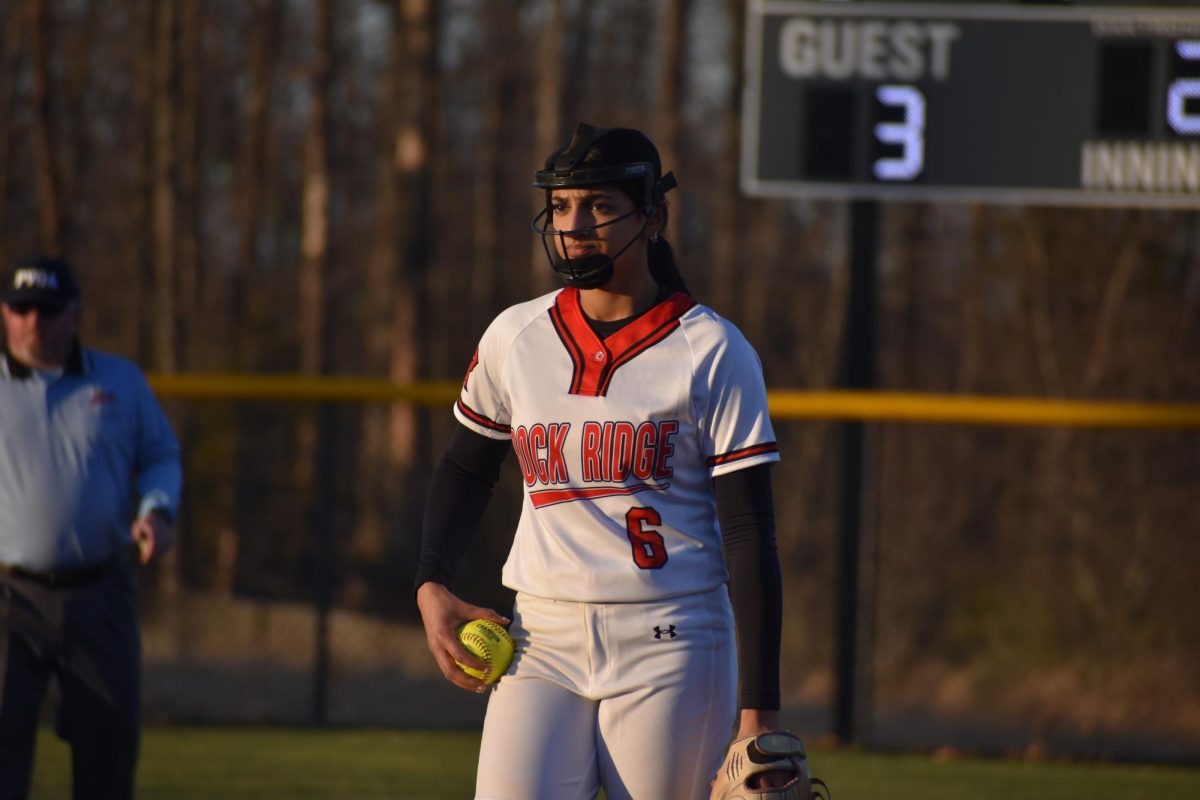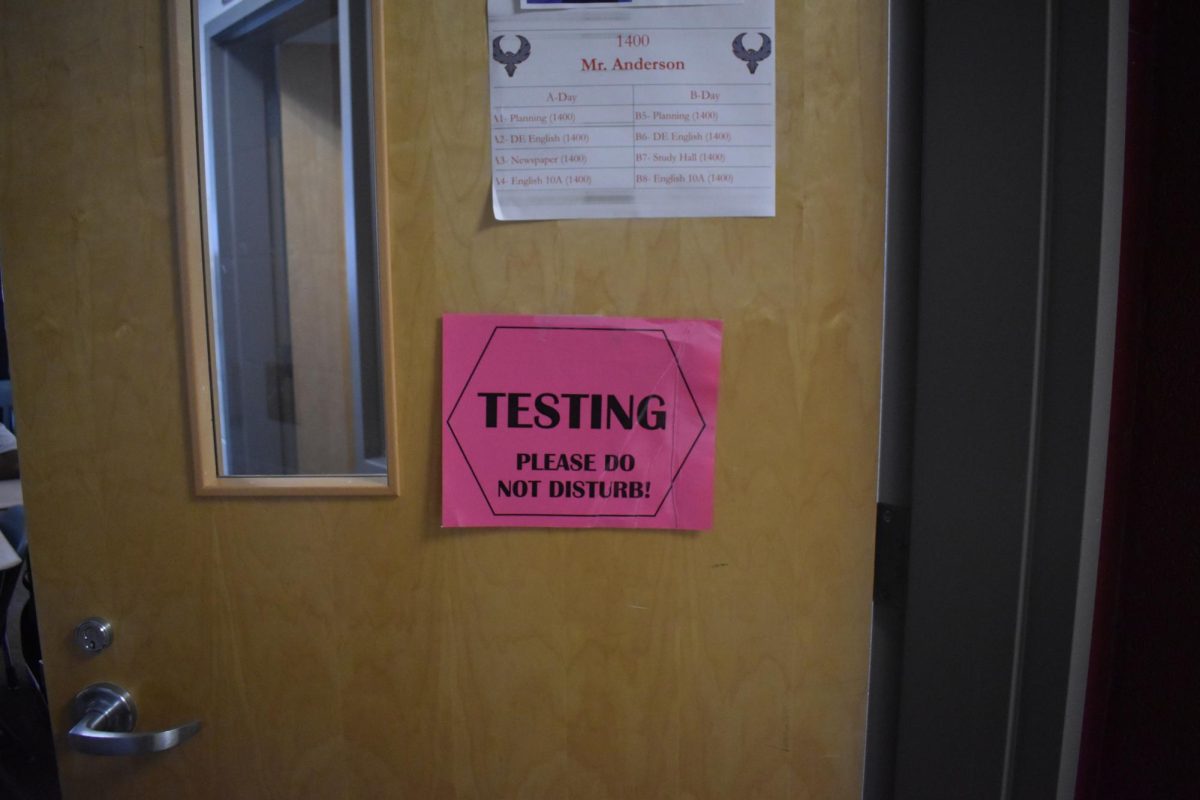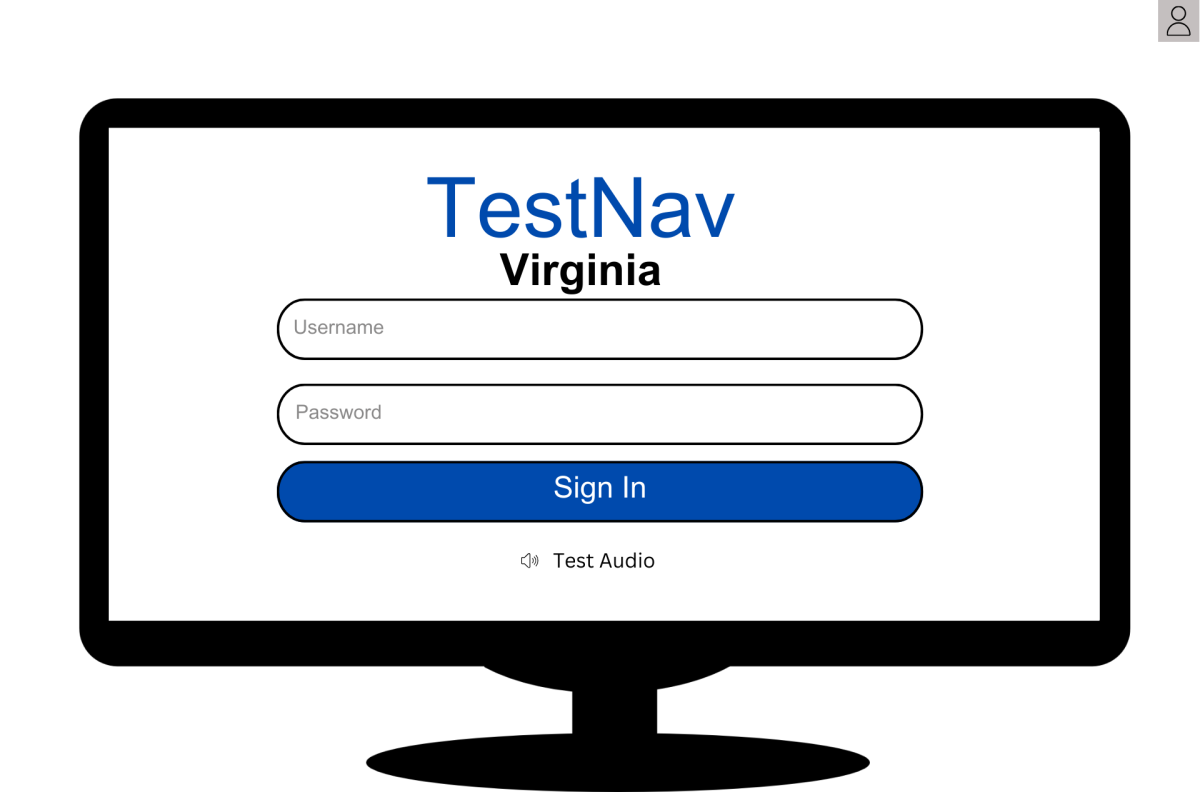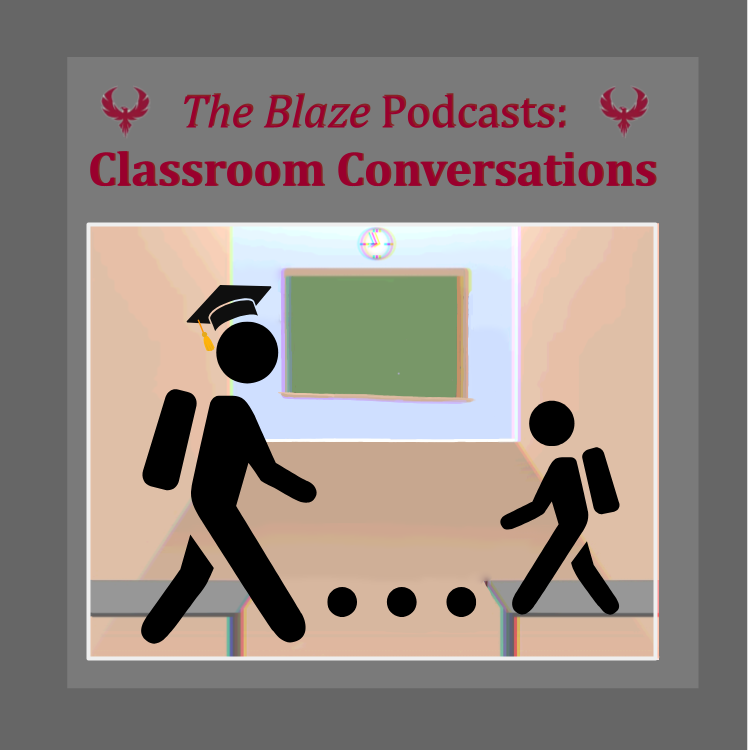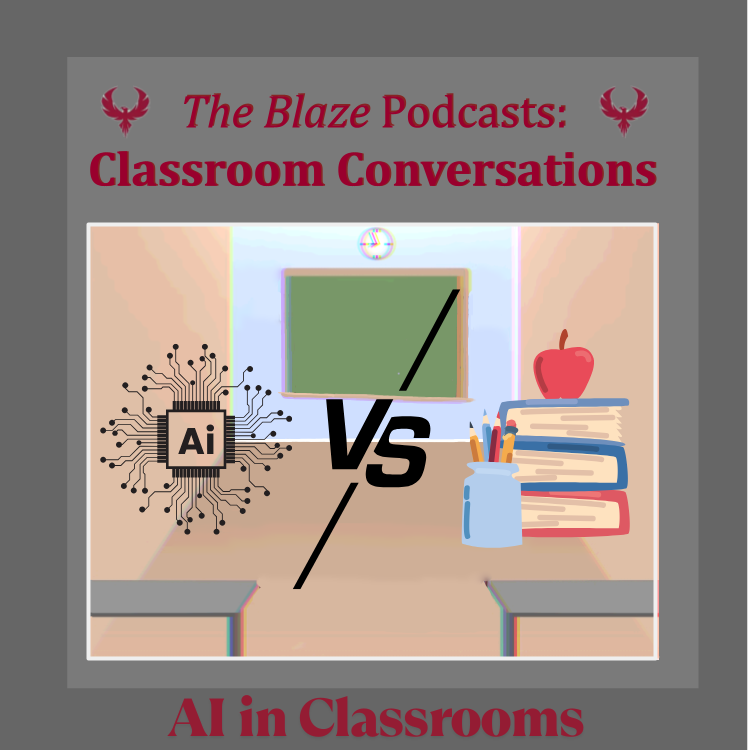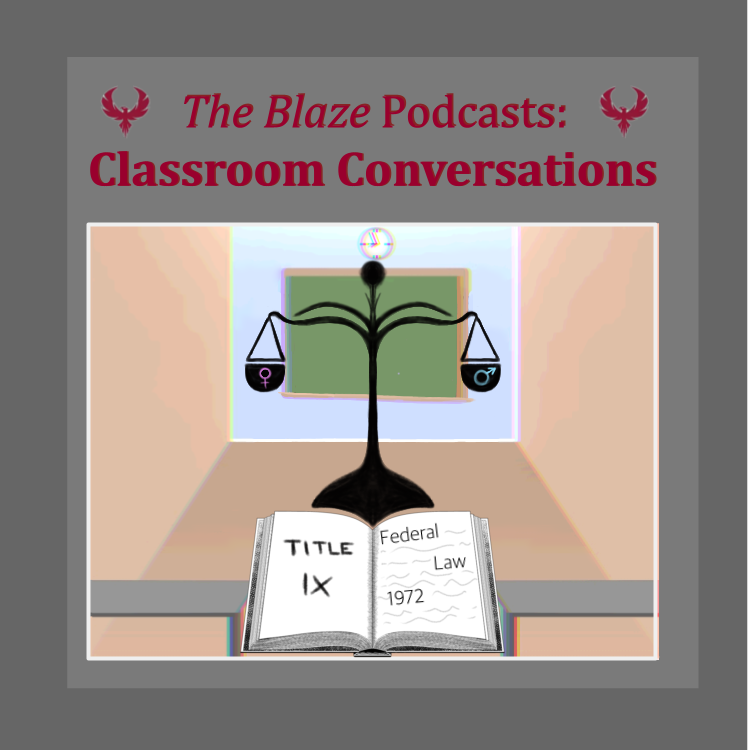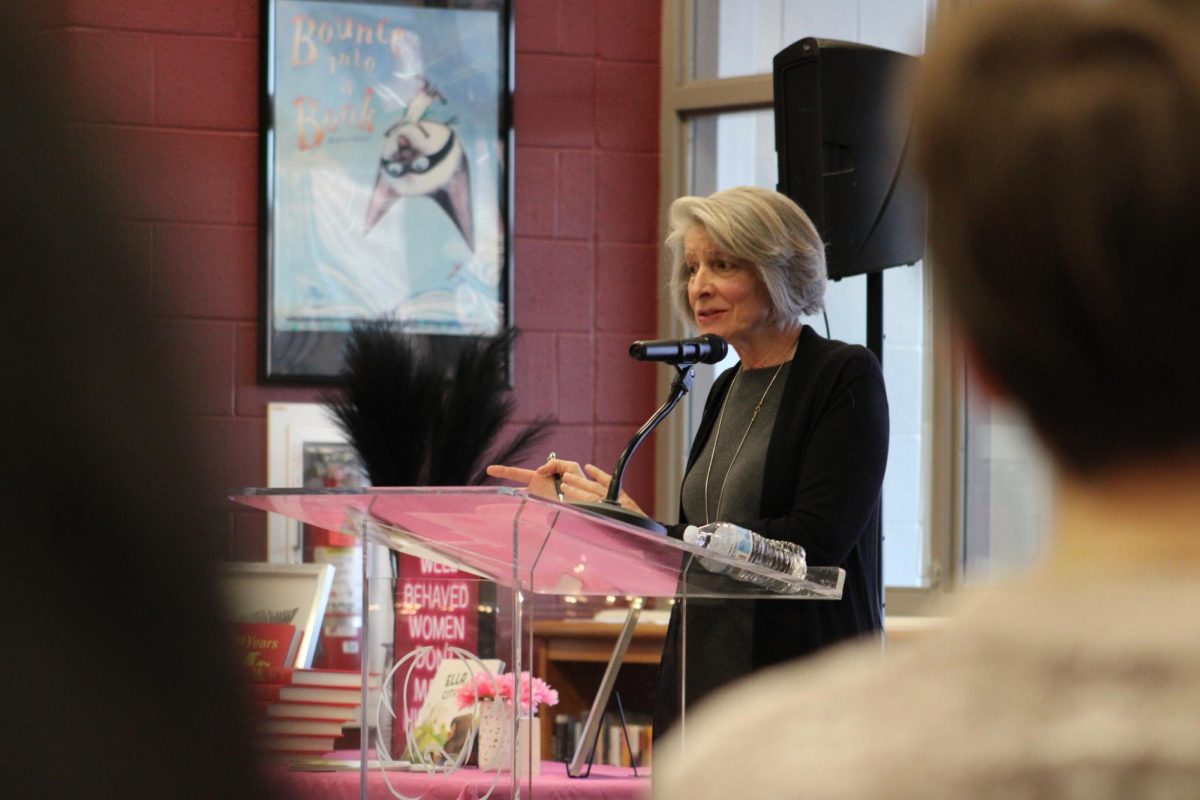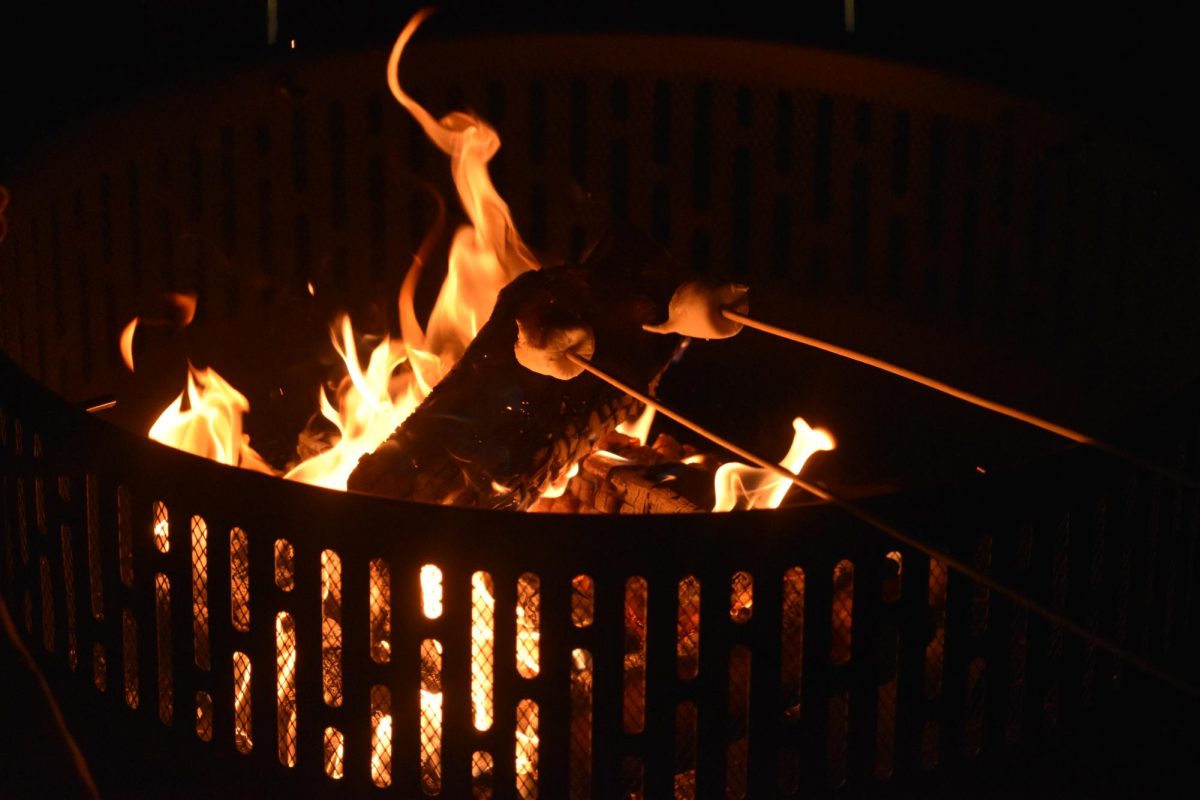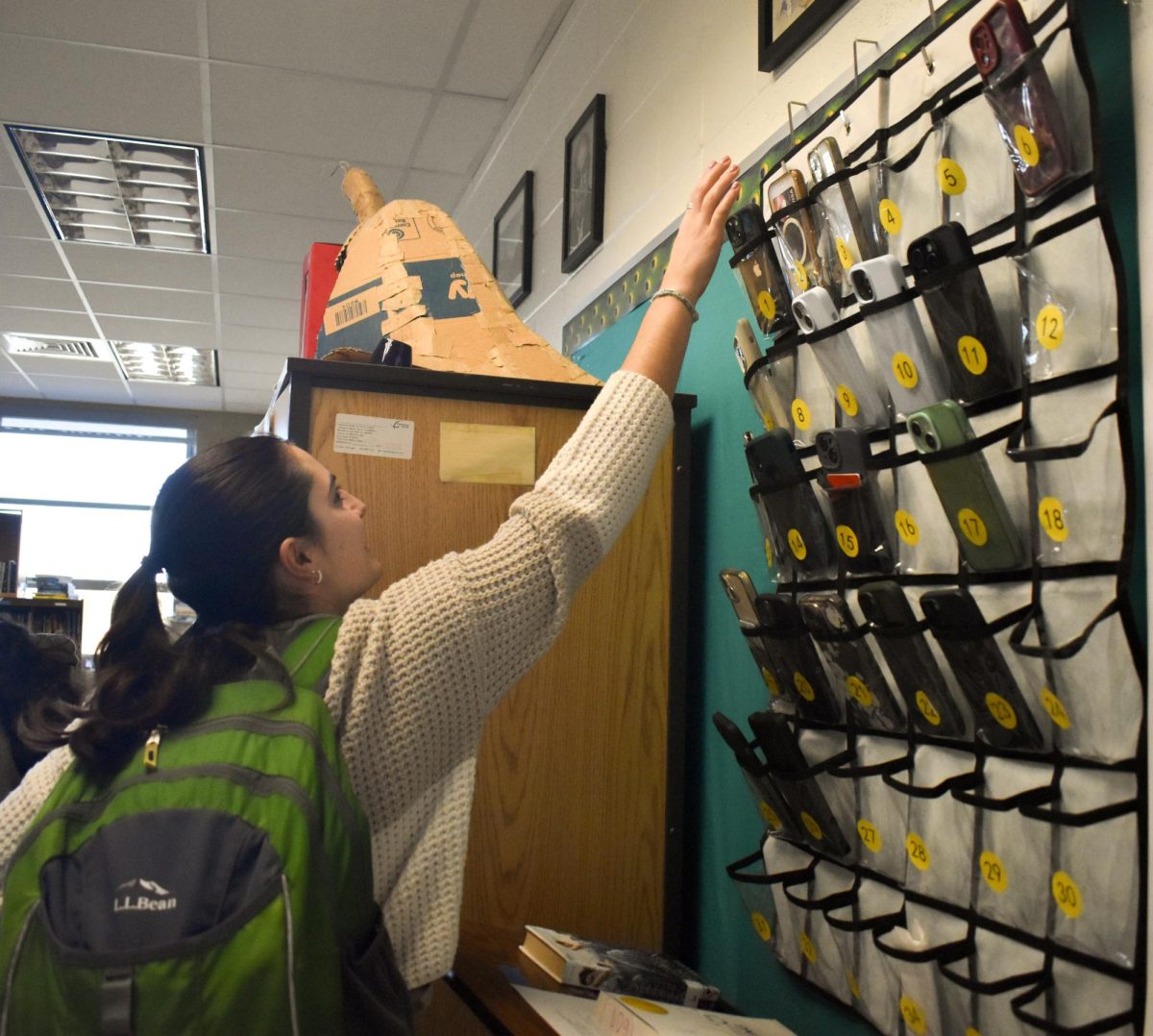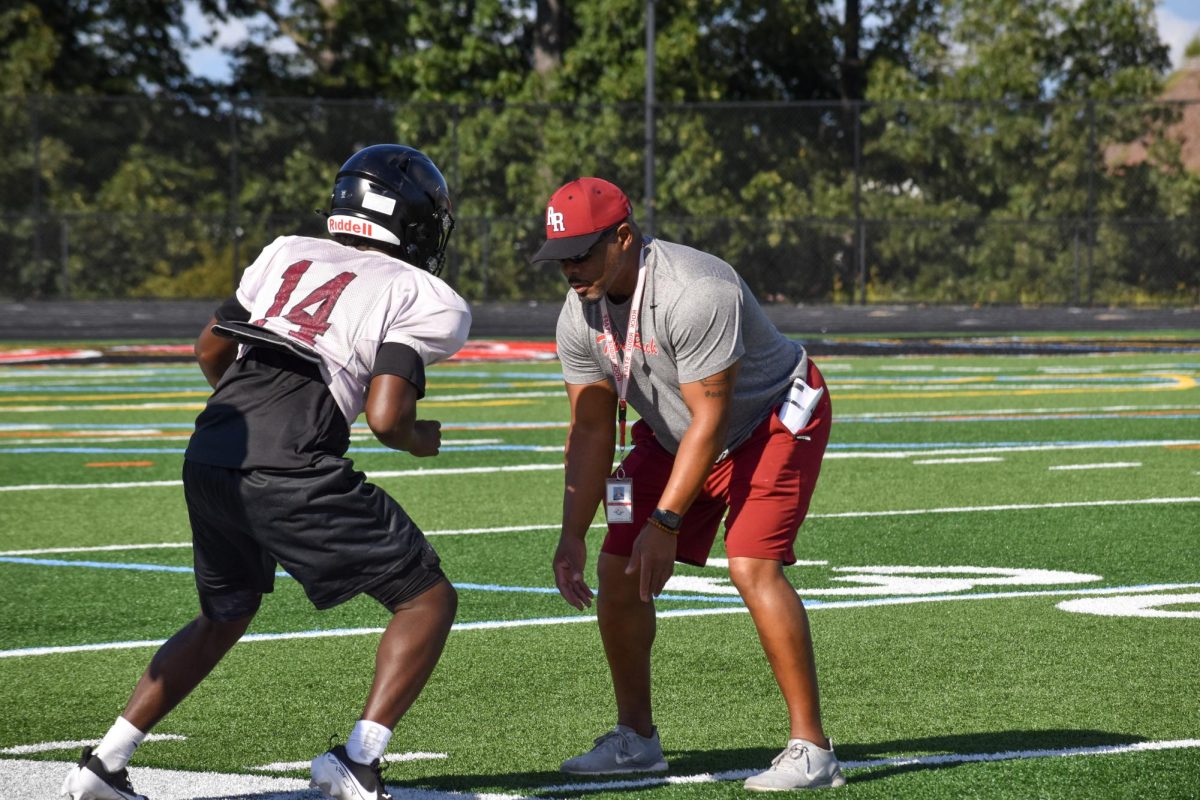Students returned to Rock Ridge with no sound of the chimes, dings and rings that previously filled the halls. On July 9, 2024, Governor Glenn Youngkin addressed rising mental health concerns connected to smartphone use by issuing Executive Order 33, a state-wide school cell phone policy aiming to foster more productive learning environments. According to the policy, students are now required to store their phones in a “classroom storage location,” which is often a phone holder with individual pockets upon entrance of their class and for the duration of the block.
Policy 8655, which the Loudoun County School Board drafted in response to the executive order, deviates from the state-wide policy. Policy 8655 allows high school students to keep smartwatches, earbuds, laptops, and tablets in the classroom if they are turned off, while the executive order states all “personal electronic communication devices” must be out of students’ sight during instructional class time or collected by a teacher.
Principal John Duellman, along with the administrative team, worked during the summer to orchestrate the shift from a flexible cell phone environment to phone-free education. “For us, it was a medium shift,” Duellman said. “If you think about the things we had to iron out, they became a little complex and there wasn’t any specificity for what this [cell phone policy] looked like. ‘In a classroom storage location’ is a broad area; we had to talk about what that meant and what the implications of someone not respecting the policy are.”
In the two months since the school implemented phone-free classes, teachers and students have learned to adapt to an environment without the company of devices. However, after conducting several interviews with staff and students, it’s clear students tend to have a negative outlook on the policy, while teachers embrace more efficient classrooms without the presence of distracting technology.
Teachers Prepare for Classrooms Without Phones
When the school opened in 2014, the school established an open cell phone policy, adhering to different teaching styles. “If [teachers] are comfortable utilizing cell phones in an instructional fashion, that’s great,” Duellman said. “Other teachers don’t want cell phones out. It’s up to them to manage the classroom; it’s their domain.”
Still, teachers have the freedom to adapt the ban differently into their class structure; while some teachers take attendance according to whether a student’s phone is in its assigned phone pocket, others allow students to keep it in their backpack if turned off. Across the board, teachers still allow students to use cell phones during class breaks or if they’ve completed all required class work.
Regardless of the approach to implementing the policy, many teachers like government teacher Kathryn Taylor prepared beforehand to make the shift to a cell phone-free classroom an easy one. “I bought a bunch of fidgets for my students because I was concerned with them being away from their phones that they wouldn’t be able to pay attention, and they might need something to do while listening to me,” Taylor said. However, the transition for students in Taylor’s classroom was much smoother than expected. “I haven’t had to pull out my fidget once this year because students really accepted [the policy] and I never got any push back for it.”
Positive Impacts of Policy
Prior to the new cell phone policy, a mental health crisis was at its peak, deeply concerning administration, teachers, parents, and health professionals alike. The overuse of phones during school hours has led to a lack of in-person social interactions and overall decreased the attention span of students in the classroom.
The Virginia Department of Education (VDOE) claims that teens “spend an average of seven hours per day on their phonesーnearly 50 hours each week.” The prior open-phone policy gave students unlimited opportunities to be distracted by the endless loop of phone addiction. Consequently, the impact of learning class material in a more concentrated environment can be seen in students’ grades. Senior Vijeta Arora believes her school performance reflects the positive impact of the ban. “I feel like my grades have improved,” Arora said. “My mental health has gotten better because I’m not constantly staring at a screen, or I’m not constantly inclined to just look, or [wonder] ‘Did my friend text me?’”
During COVID, students’ learning experienced a downcurve because of the constant distractions technology imposed on them. For many students, practicing a learning routine without being constantly distracted by phones became an issue that phone-free classrooms are resolving. “The dichotomy coming out of COVID was that you’re online, and you have [distractions] all over you,” Duellman said. “What we saw post-COVID was a lot of students not able to bring it back. So I feel like this is a positive step [towards building back focused classrooms].”
Reduced phone usage has also fostered more student interaction with peers and teachers. Taylor believes the policy has led to more social interaction during breaks, where students often went on their phones if they felt uncomfortable. “I have seen students be quick to reach for their phones if they have a break and not talk to other students,” Taylor said. “Since LCPS has had the policy, when students have their phones away, and they have free time, I notice more students turning to each other and engaging in conversation.”
Concerns in Policy
A common concern many students share is the feeling of their freedom being taken away by the restriction of their phones. Medical and communication concerns are drawbacks of Executive Order 33, which prohibits immediate communication between parents and their children.
The recent school shooting at Apalachee High School in Winder, Georgia on Sept. 4, amplifies emergency concerns of the new policy. At the shooting, students were able to keep in touch with their parents via their phones, enabling parents to contact emergency services and send loving messages. As a parent, Duellman understands communication concerns that students and parents criticize about the policy. “If my son needs to be picked up, it’s easily said that I should have my phone off and out of sight, but I have responsibilities beyond the building, and [students] will have responsibilities beyond the building that you need to check in once in a while,” Duellman said.
Duellman feels that students learning how to handle their phones is essential for their future. “I want all [students] to get a taste for what it is to be an adult because then you won’t be shocked when you are one,” Duellman said. “If we take this [distraction] out of here when [students] get to college, it might be all you look at. I would make the argument: let us teach kids how to manage it rightーthen they’re better equipped.”
Future of Policy: ‘Bell-to-Bell’ Schedule
For those who are against the policy, more bad news might be on the horizon. Executive Order 33 is more of a trial run for a stricter policy that is planned to be implemented in Virginia schools on Jan. 1, 2025. The “Bell-to-Bell policy” operates on a schedule that prohibits students from using their phones from “the start of the school day to begin instructional time until the dismissal bell rings at the end of the academic school day,” including lunch and break time.
However, this change in policy has raised objections from students as their already limited time to reconnect with their phones would be completely taken away. Freshman Madison Green argues that phones should be allowed during lunch. “It’s a really good way to decompress and relax during lunch and get rid of all the stress of work,” Green said. However, the VDOE views interactions amongst students as critical skills that should be developed during “unconstructed school hours” outside of classroom learning.
Similarly, Arora has a deep concern about being separated from her phone for the entire school day. “I think that is taking away from my own freedom more than anything else because I can’t even just text my friend,” Arora said. “I can’t stay in contact with what’s going on around us, with the news that comes through our world.” Students are understandably conflicted; although Arora believes the policy had positive impacts on her mental health and school performance, she also feels that the policy will be harmful in the long run.
The shift to the state-wide phone policy at the school has already proven to be effective in classrooms, with both teachers and students noticing positive changes in behavior with more focus and attention towards learning. While students and administration still have some concerns about the policy, one thing is for sure: the cell phone policy is here to stay.

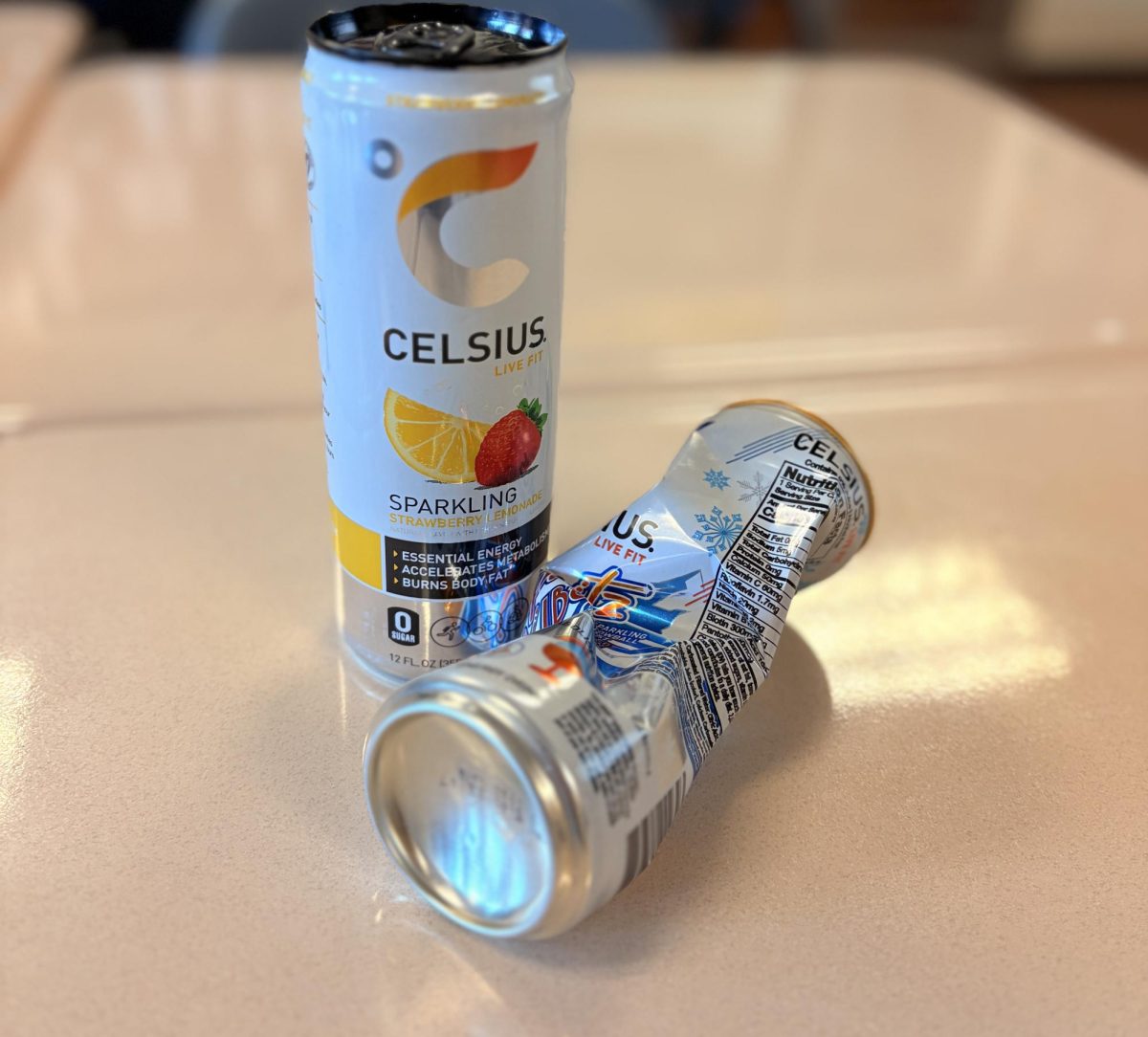
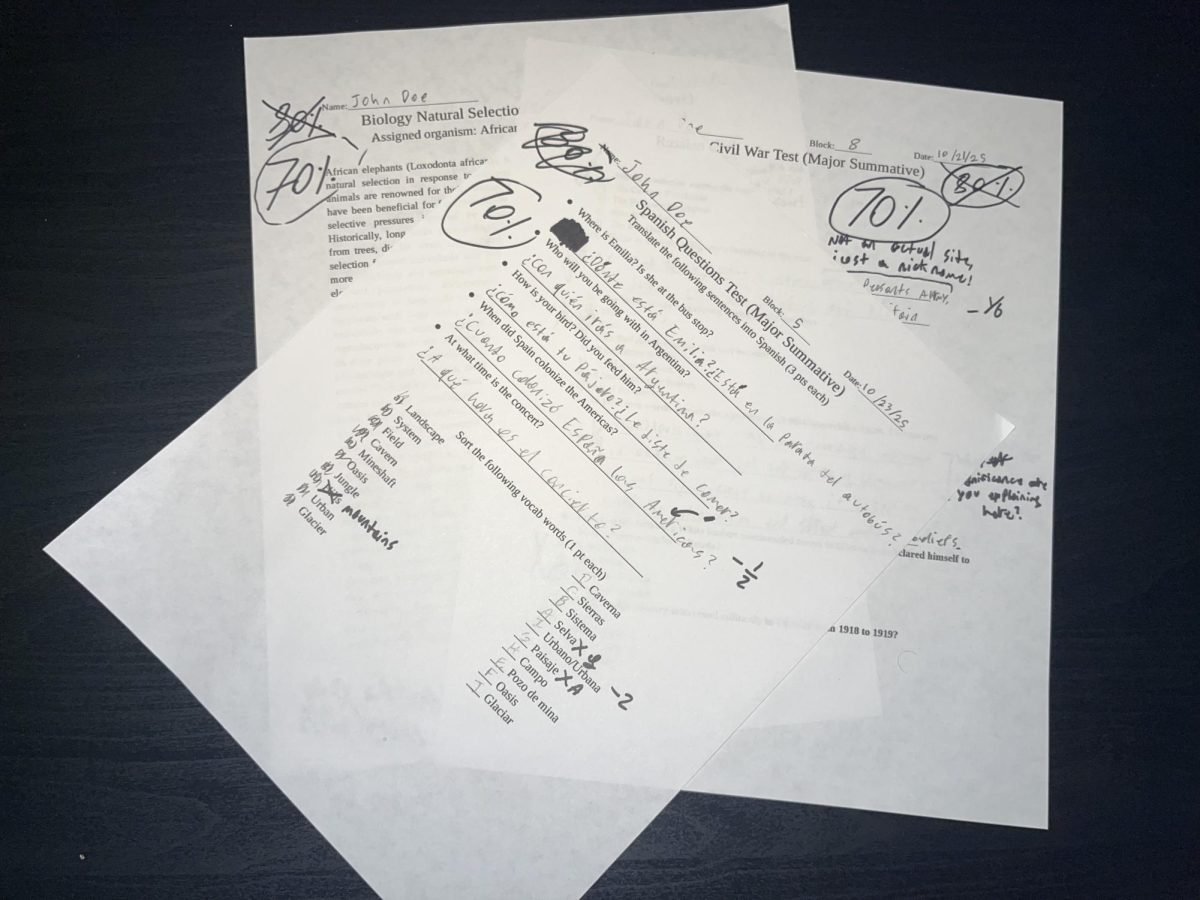

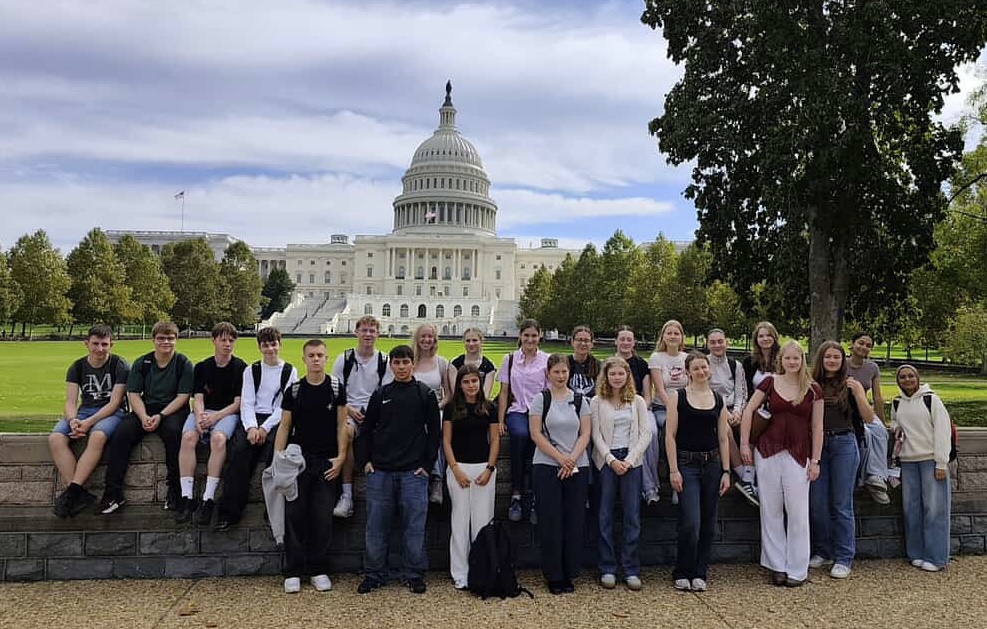
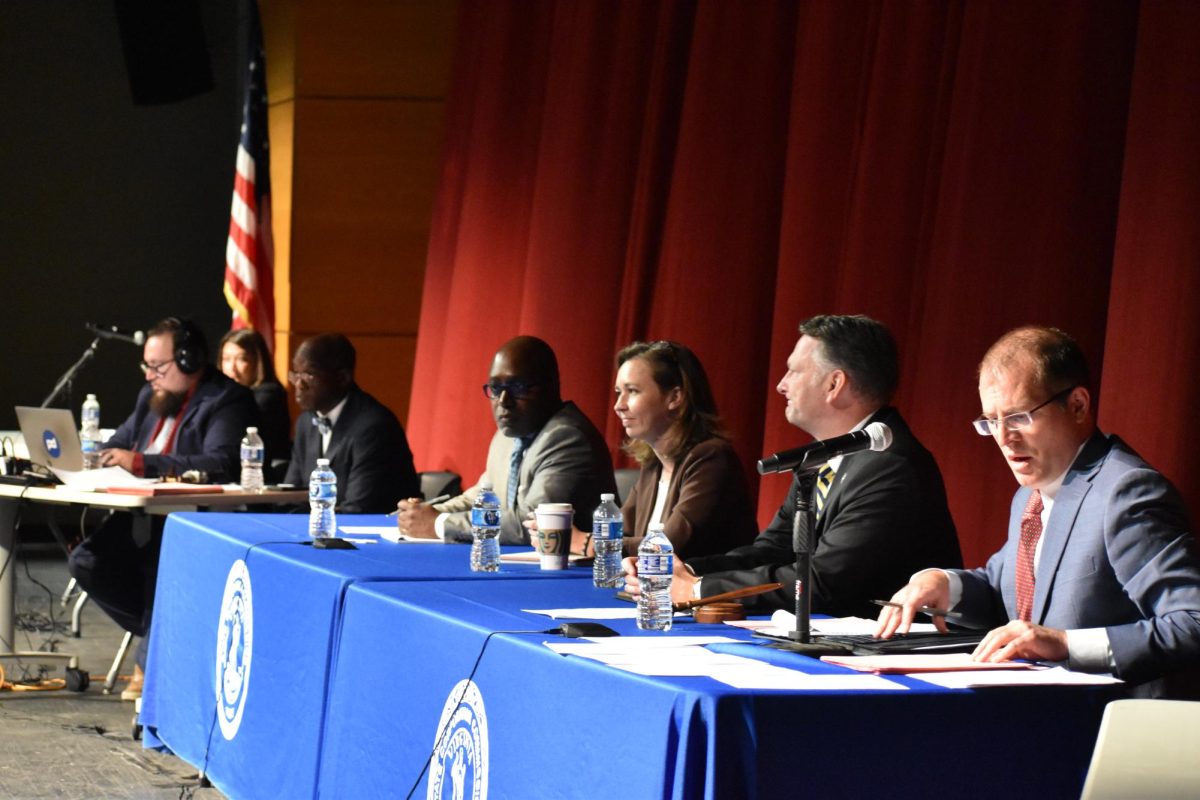

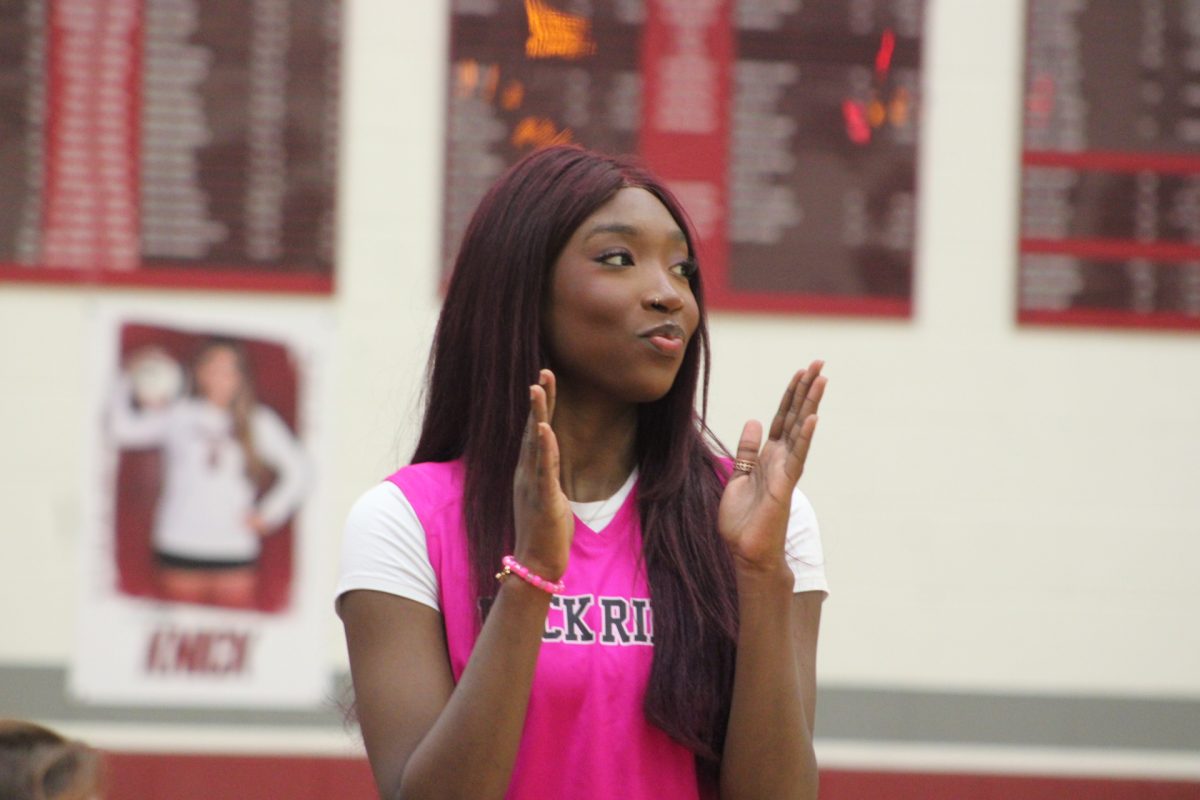




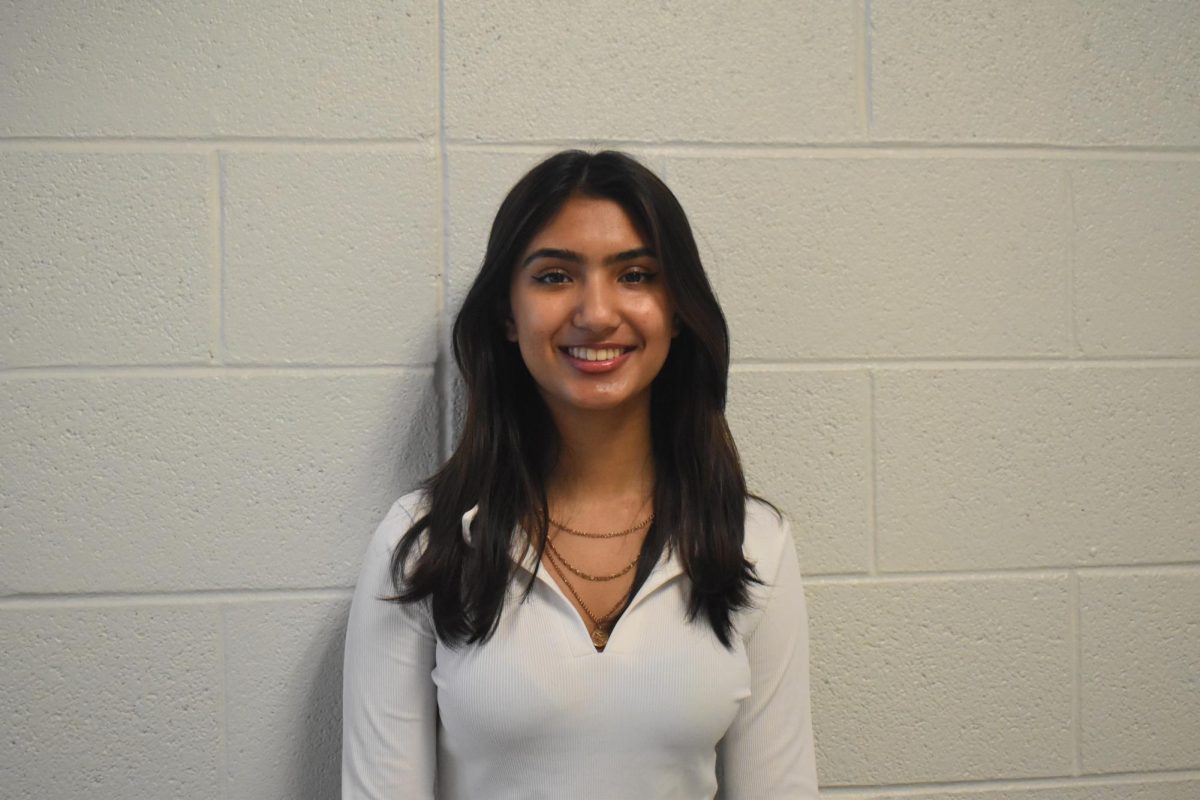


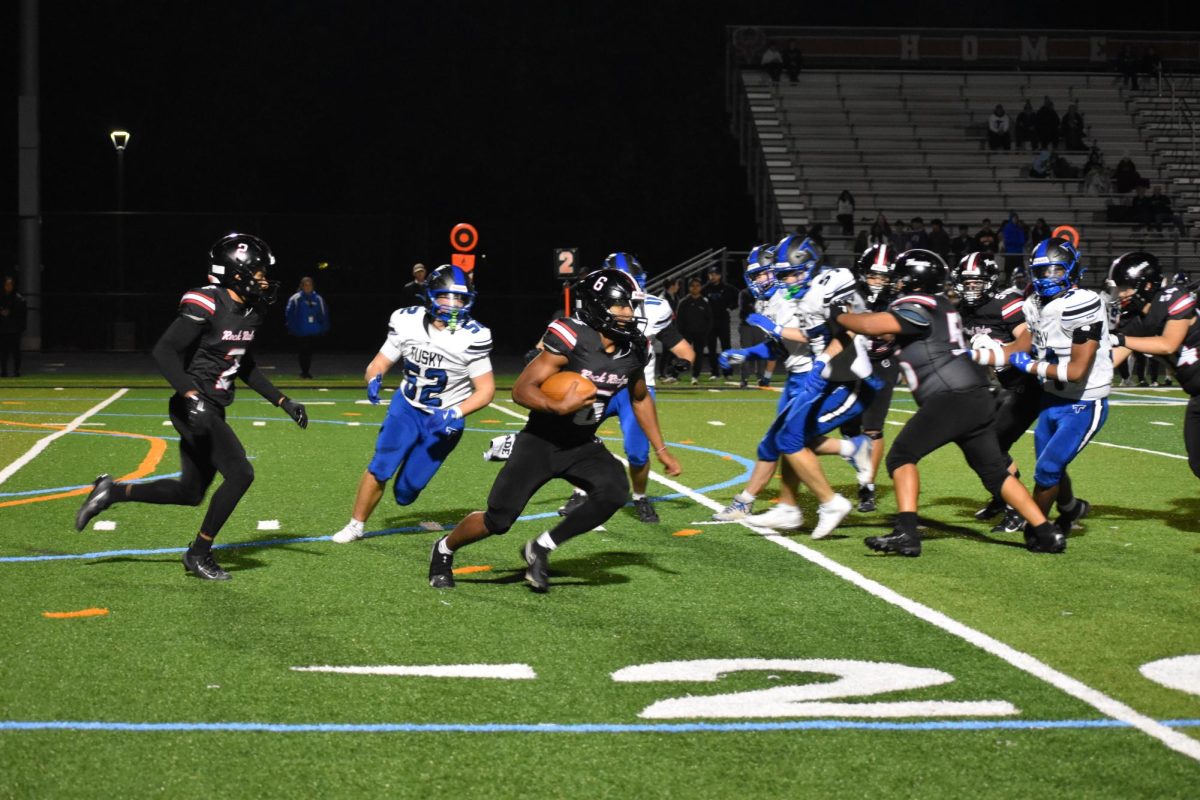
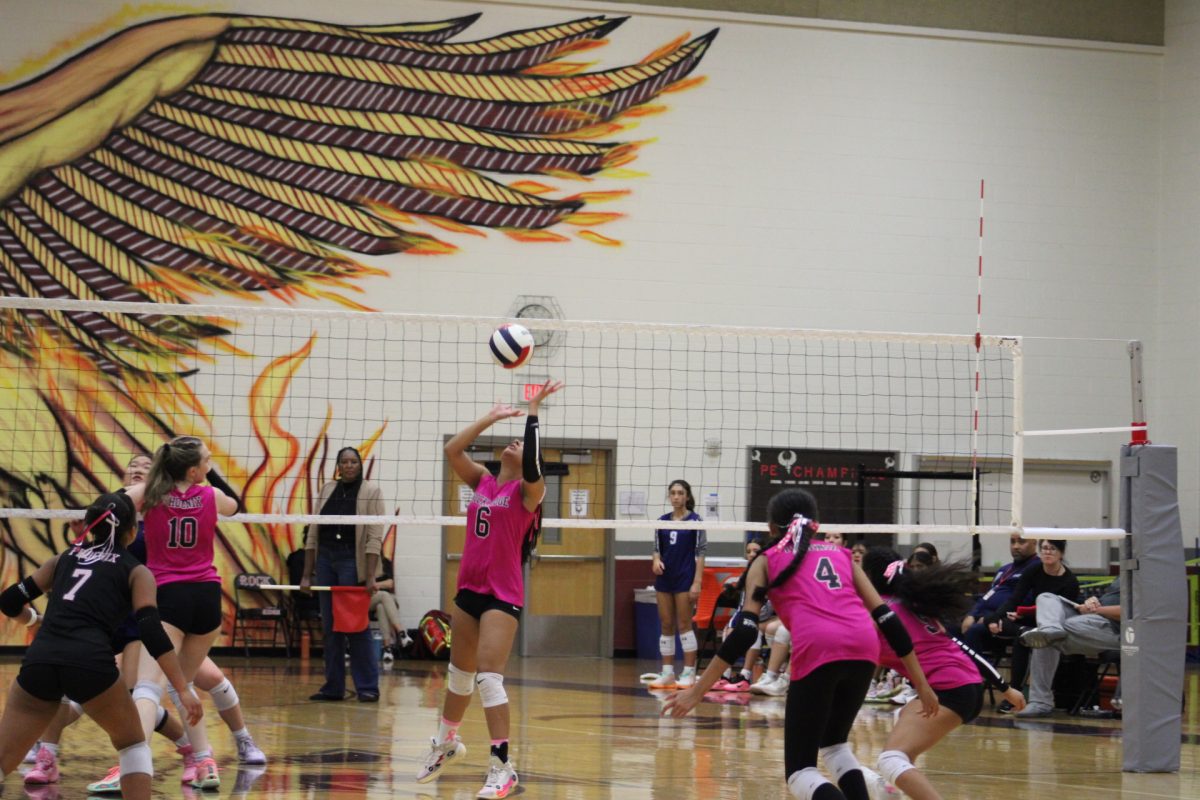
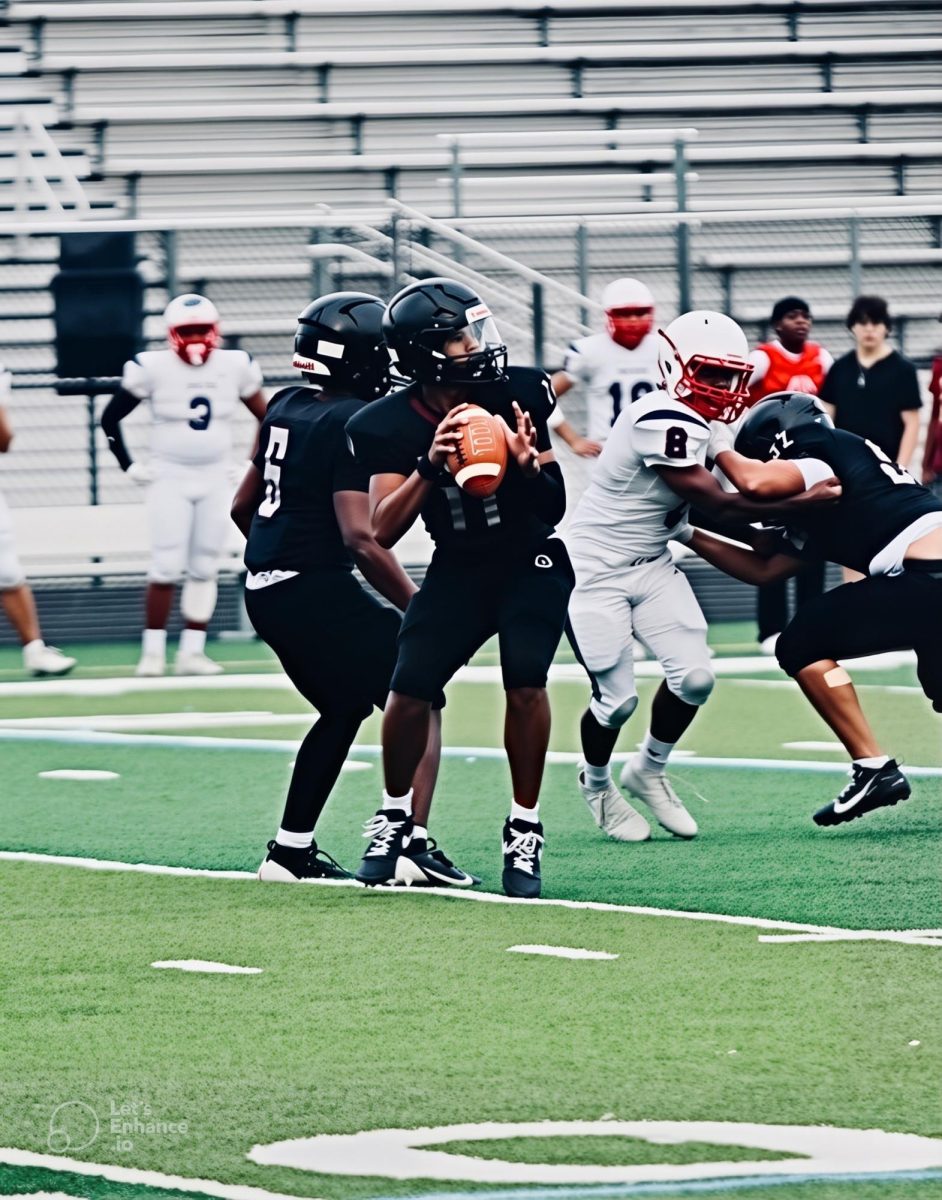
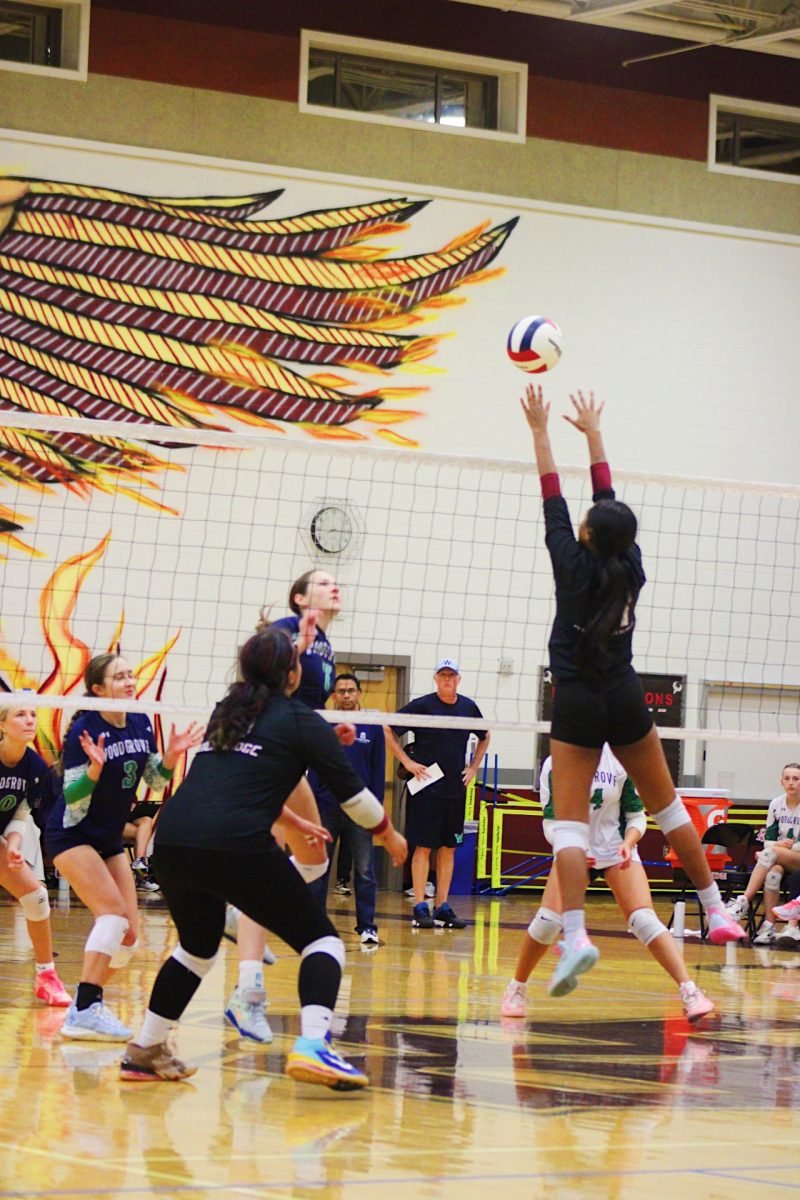




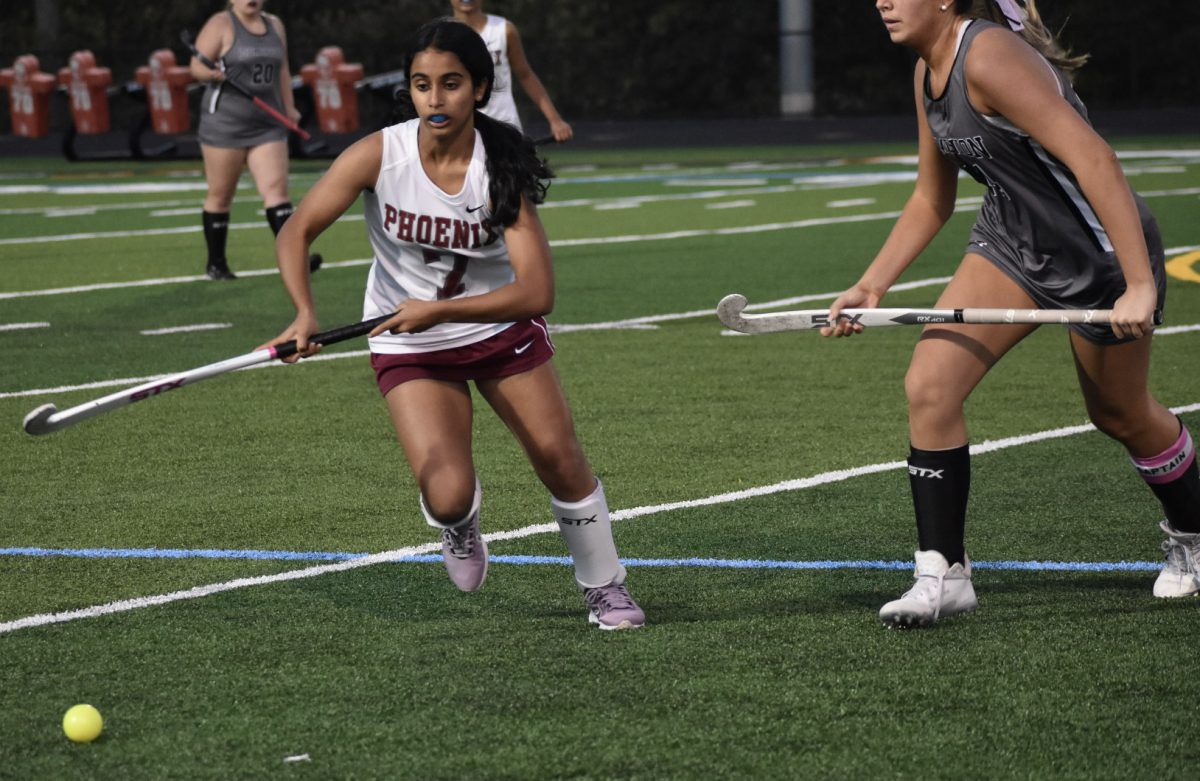
![The Phoenix varsity volleyball team lines up for the national anthem. “We were more communicative [with each other] during this game, and I feel like we kept our energy up, especially after the first set,” senior Jessica Valdov said.](https://theblazerrhs.com/wp-content/uploads/2024/10/DSC_0202-1200x800.jpg)
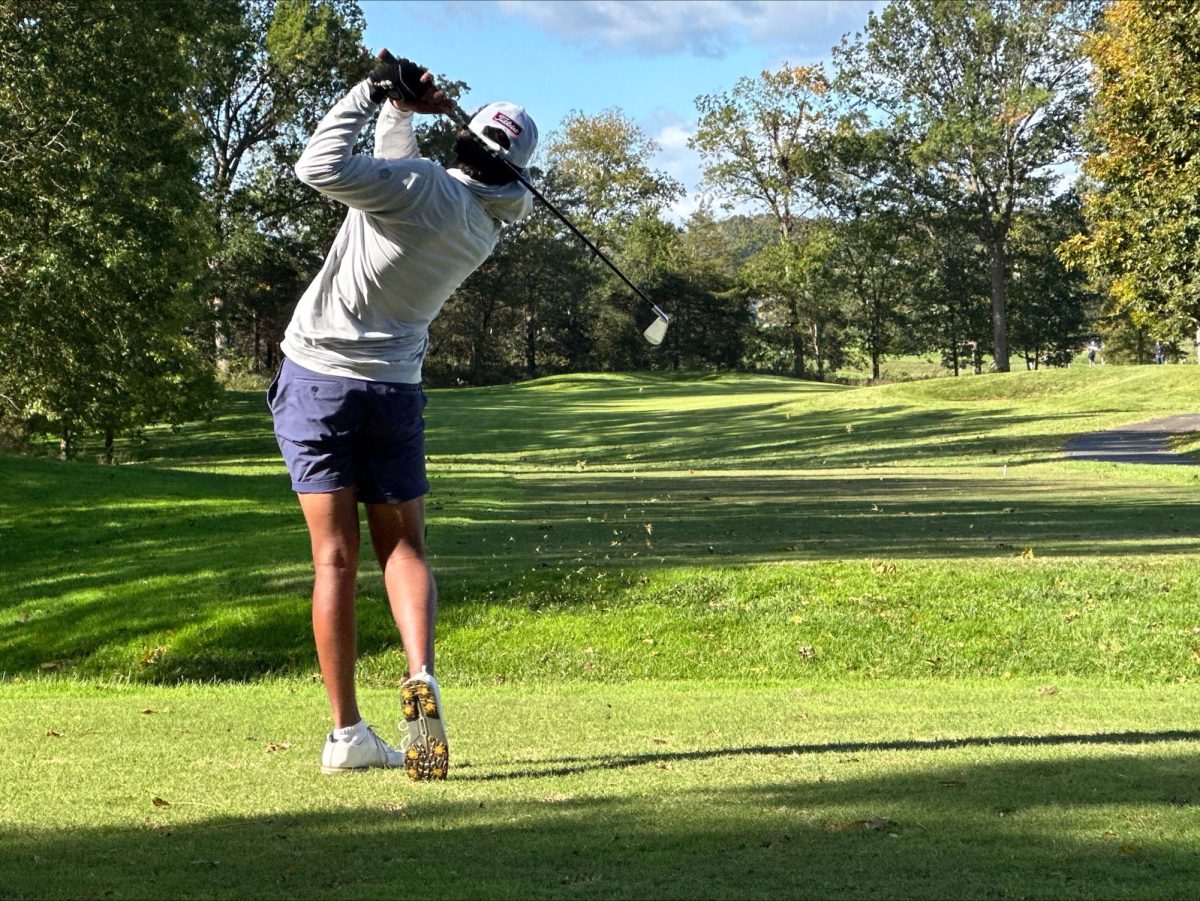
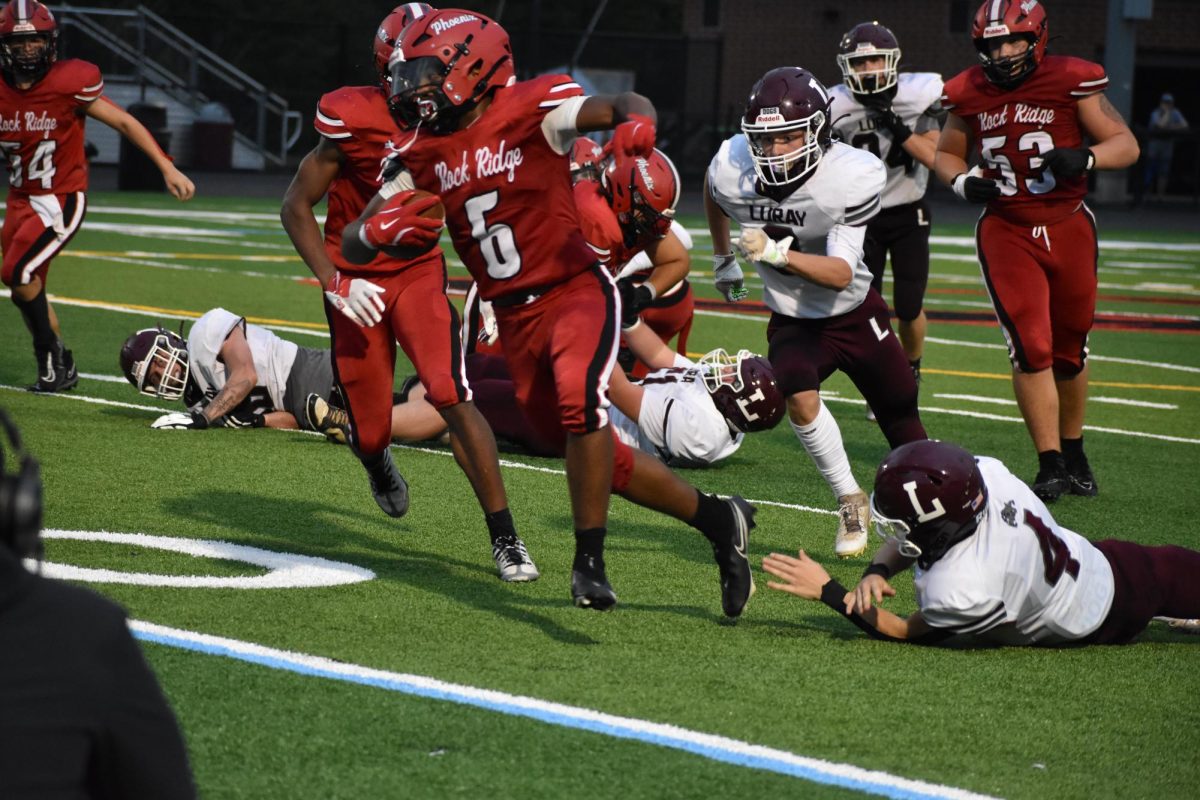
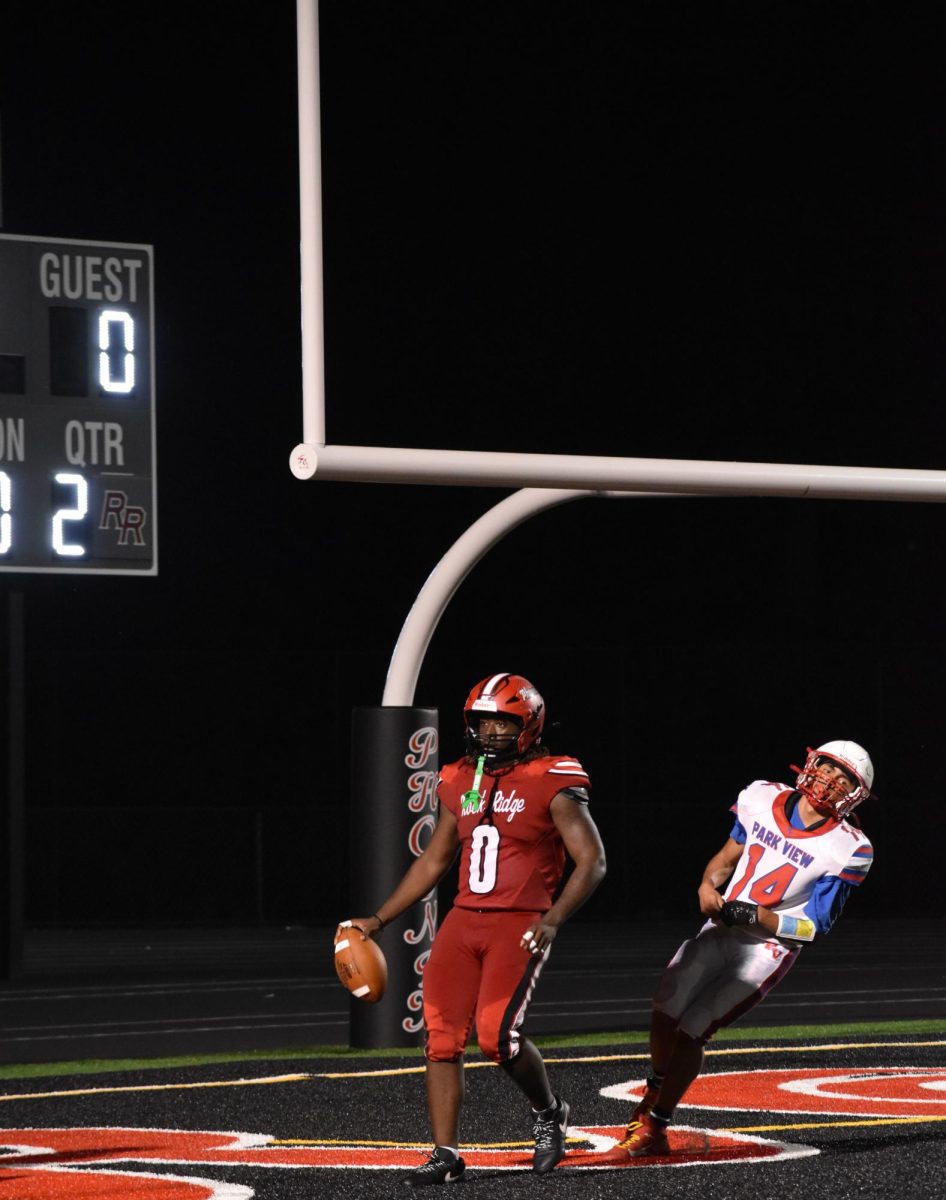

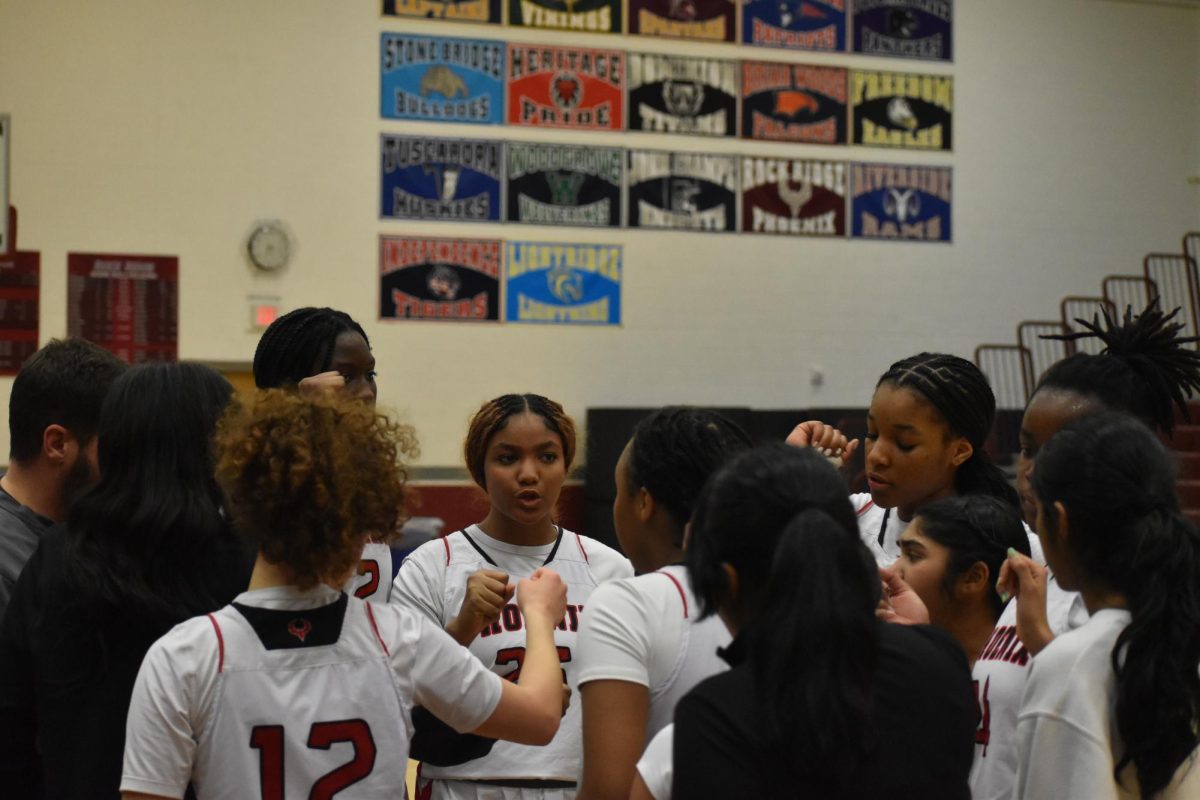
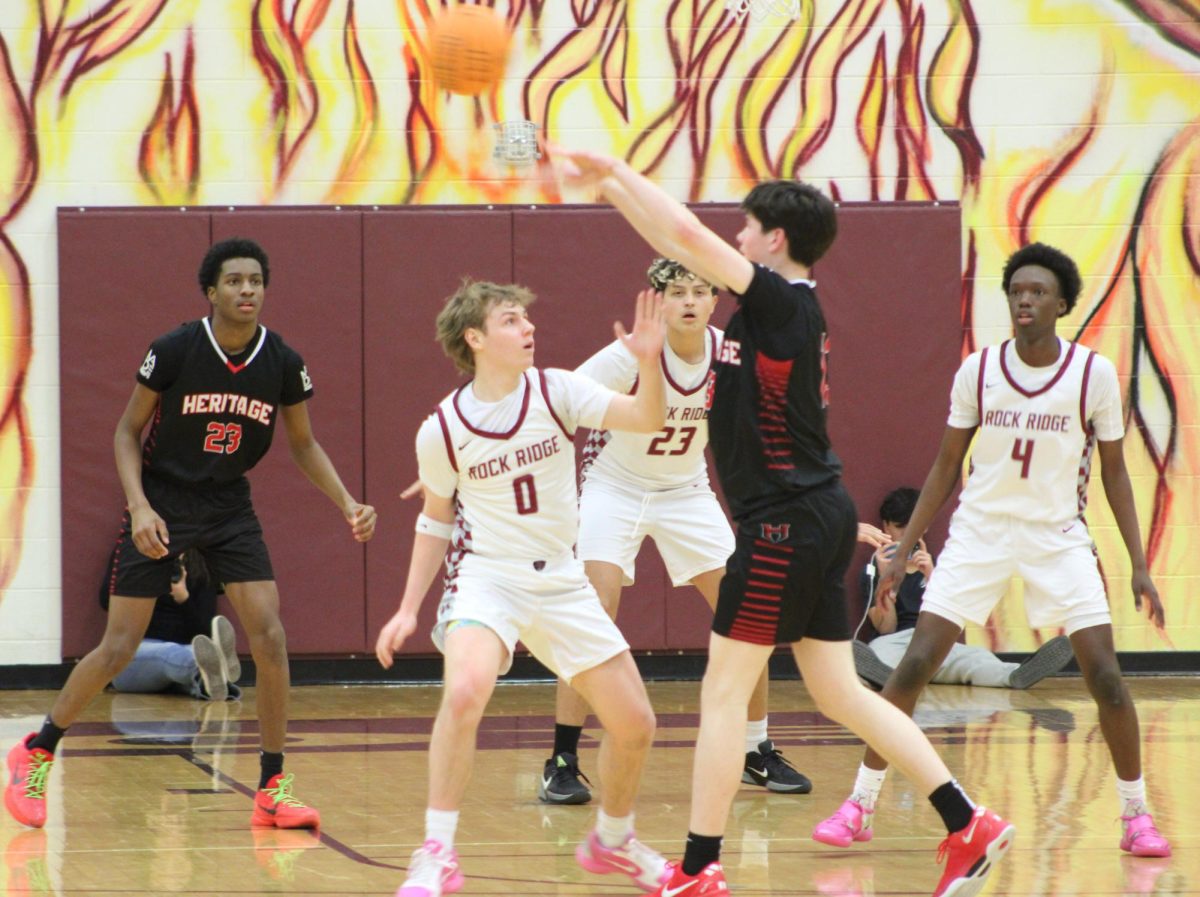

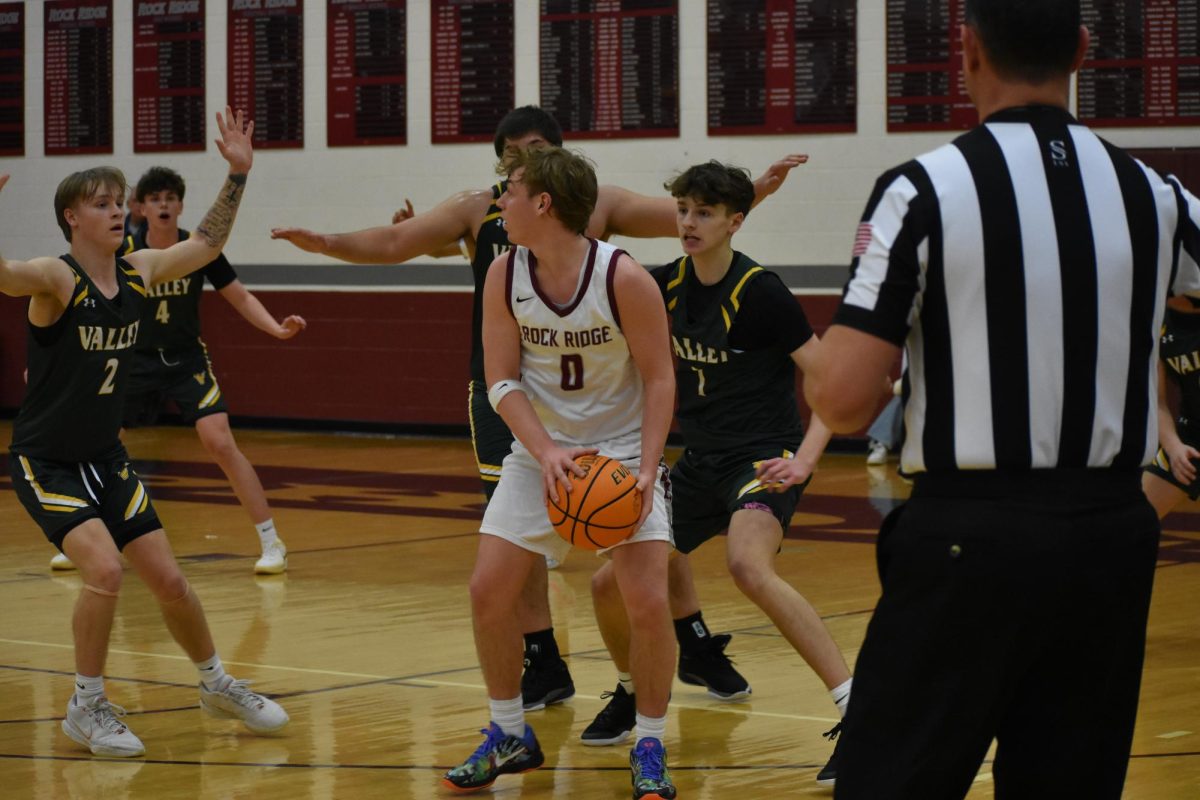
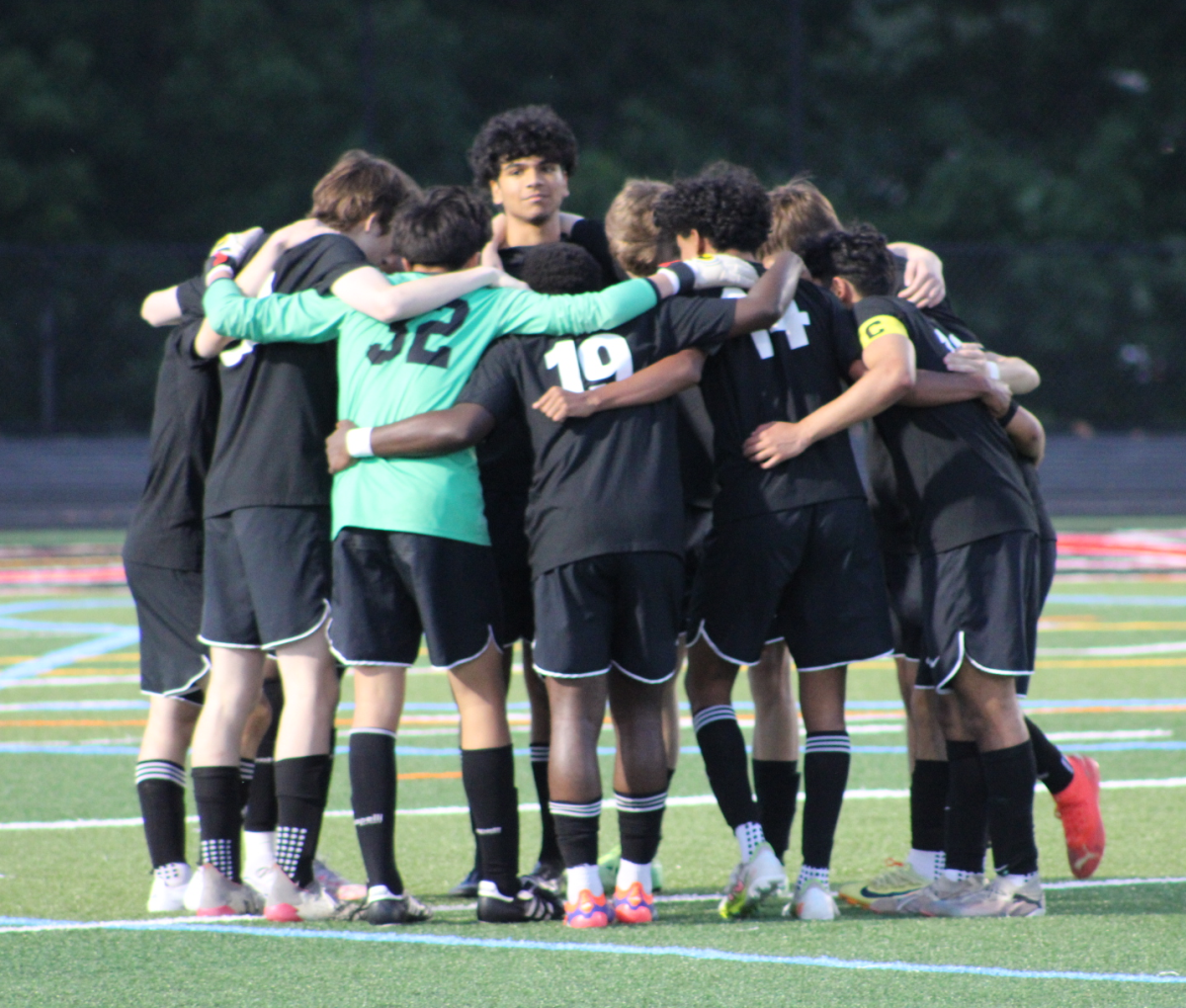
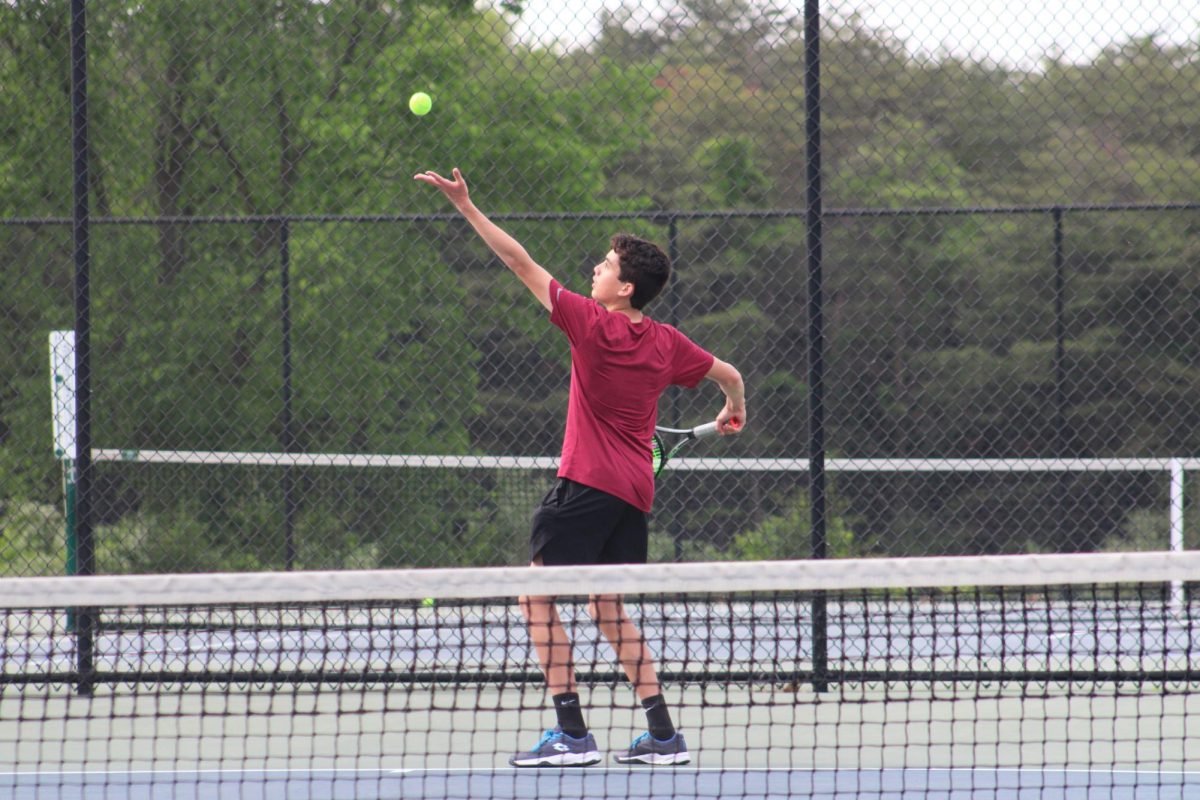
![Junior Alex Alkhal pitches the ball. “[I] just let it go and keep practicing so we can focus on our goal for the next game to get better as a team,” Alkhal said.](https://theblazerrhs.com/wp-content/uploads/2025/05/DSC_0013-1-1200x929.jpg)

